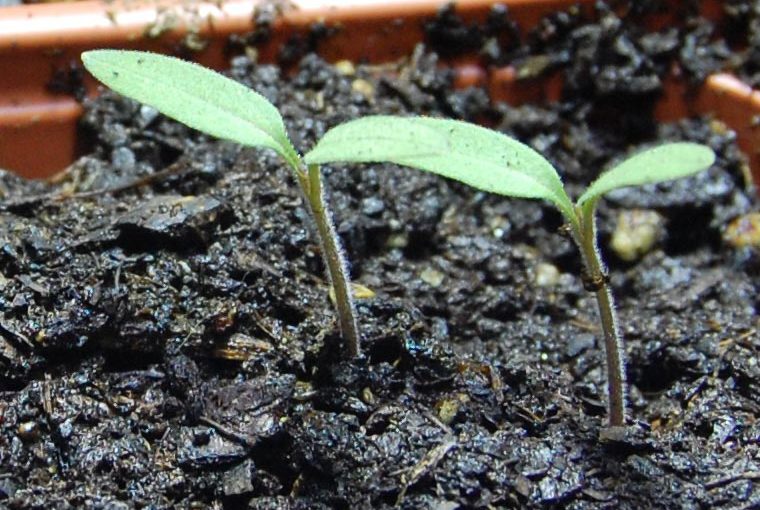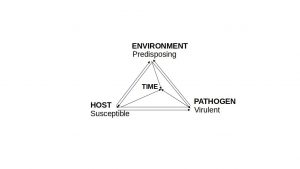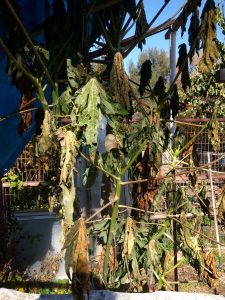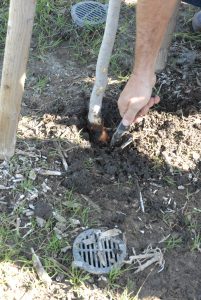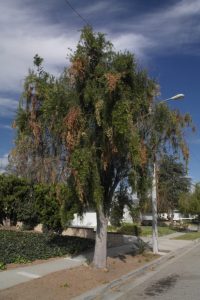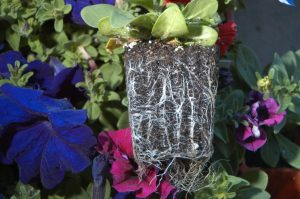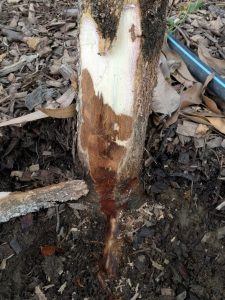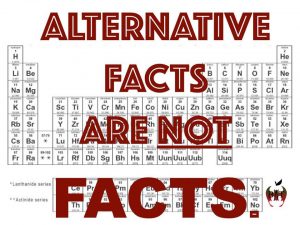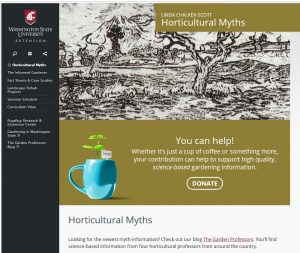A recent question posted to the Garden Professors blog Facebook group (a place where you can join and join in conversation of garden science) asked about the potential for compost added to seed starting media to cause failure in germination. It is a good question, and one that seems to have several different camps – from garden hero author folks swearing by it in their (non-peer reviewed) books, to fact sheets saying it isn’t a good idea.
I’ve always promoted that the best practice for seeds starting is using a sterile media to avoid such problems as damping off. Many of the problems I’ve heard associated with compost and seed starting are that improperly finished compost can introduce disease microorganisms to the media or cause phytotoxicity, it can make the mix too heavy and thus create anaerobic conditions that starve emerging seedlings of oxygen or cause decomposition, and there is the potential for residues of herbicides in composts using farm waste, manure, or lawn clippings as a feedstock. But does compost really pose a risk to seed starting? I decided to take a very quick spin through the literature to weigh the possibilities. Here are some of the potential issues and what a quick glance at the literature says.
Keeping the Germs out of Germination
Compost, even finished compost, has a high microbial activity. For the most part, the fungi and bacteria in compost are good guys that pose no threats to plants: they are decomposers (that only break down stuff that is already dead) or neutral. But incorrectly managed compost can also harbor fungi such as Pythium and Rhizoctonia that cause damping off or even other diseases such as early and late blight if diseased plants were added to the compost and sufficient heat levels weren’t maintained. Composts that don’t reach 140°F and maintain that temperature for several days to kill off potential pathogens run the risk of introducing diseases into seedlings.
Many promote the use of compost and compost products for potential antagonistic effects on bad bacteria. We’ve discussed compost tea and the lack of conclusive evidence that it has any effect on reducing disease here many times before, and this article found that there is no significant effect of compost tea on damping off. Some other articles, such as this one, did find that commercially prepared composts added to media did suppress damping off. However, it is to be noted that these are commercially prepared composts, which have a strict temperature requirement and often require testing for pathogen and bacterial populations. Many home composters aren’t as proficient at maintaining temperatures suitable for pathogen elimination.
Even if the compost is pathogen free, introduction into a germination media could potentially increase the population of pathogens already present in the media (or that land on it from the air) by providing a source of food for bacterial and fungal growth. The sterile mixes aren’t just sterile from a microorganism perspective, they’re also sterile from a nutrient perspective as well to help inhibit potential pathogen growth. The seeds come with their own food, so it isn’t needed for initial germination – the seedlings should be moved to a more fertile mix once they’ve established their first set of true leaves.

You may be saying- “but we also direct sow seeds outdoors, where there’s lots of pathogens present in the soil.” While this may be the case, damping off is still a definite problem in direct sowing and the loss of investment in materials, lights, and time is generally much lower (and less painful) than in indoor seedling production. This is especially the case for large operations or for home gardeners who grow lots of stuff from seed.
This is the main issue that leads to the best practice recommendation to use a sterile seed-starting mix that doesn’t contain compost. If a mix contains compost, it should be from a commercial enterprise that follows best practices or pasteurized.
Maturity isn’t just for wines, cheeses, and people
Continuing to talk about proper composting, improperly finished compost that hasn’t properly matured (finished composting) can also lead to problems with seed germination. Unfinished compost can still have woody material included, which has a high C/N ratio and also contain/release phytotoxic compounds during the decomposition process. The presence of decomposition microorganisms in a high C/N ratio means that there is still decomposition happening, which requires nitrogen for the process. With absence of nitrogen in the media, the nitrogen from the seed or the seedling can be leeched out, effectively causing mortality after or even before germination. The tender seedling serves as a source of N for the decomposing fungi.
We’ve had this discussion before when it comes mulch. While mulch is perfectly fine on top of the soil, if it gets mixed into the soil there could be potential implications on N availability.
A germination bioassay is one tool commonly used to test for compost maturity. Quickly germinating (and inexpensive) seeds are germinated on the compost (or on filter paper soaked with an extract from the compost in some commercial operations). The rate of germination vs germination failure can give some insight into the maturity of the compost. This paper discusses the use of the technique for commercial sawdust compost used for potting media.
You can use a bioassay of your own to test for compost maturity (or herbicide persistence, discussed later) for applications in your garden. Sow an equal number of inexpensive, fast-germinating seeds like radish or lettuce sown on the compost with a control sown on moist paper towel in a bag. Compare the number of germinated seeds and thriving seedlings after several days to see if there is an issue with the compost.
Keeping Things Light
One other quality required for seed starting media is a good level of porosity (pore spaces) for the media to hold air. Air (oxygen) is important as it is needed by the roots for respiration. If the media is too heavy or holds too much water you run the risk of hypoxia, or lack of oxygen, in the roots. This can result in root die off and subsequent seedling failure. Most seed starting media are composed of very light materials such as peat moss, coir, vermiculite, or perlite for this very reason. Compost, by nature, is a more dense material with less porosity and has a higher water holding capacity. Therefore incorporation of too much compost can create the potential risk of compaction or excessive water holding in the mix.
When Persistence Doesn’t Pay Off
Most herbicides break down during the composting process through a variety of physical and biological interactions. However there have been reports of some herbicides that are persistent after the composting process, resulting in a residue that could damage plants grown using the compost (see this paper for some examples). Many of the reports show the damage manifesting in mostly large applications of compost to gardens. However, the more fragile nature of germinating seeds and young seedlings make them especially susceptible to herbicide residue damage. For further discussion (and examples of bioassays used to detect herbicide residues), check out this paper.
So the potential for pathogens, risk of improperly matured compost, effect on porosity, and potential for herbicide persistence present some significant risks to germination if they are incorporated into seed starting media. These are the risks that cause many sources to promote using sterile seeds starting media, and I think the advice is well founded. While some may not experience these possible issues, the potential is still there.
